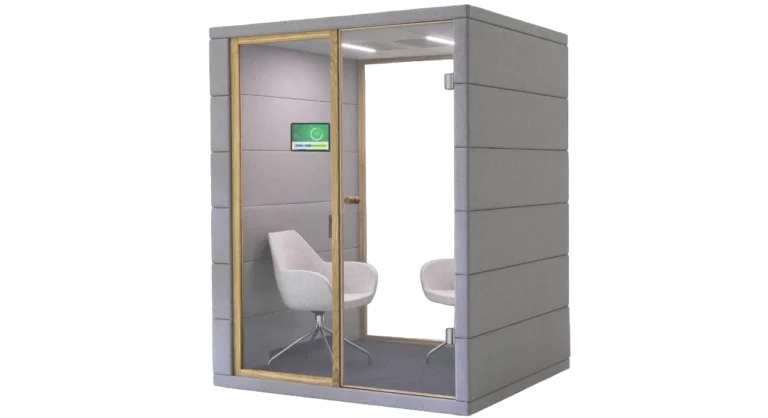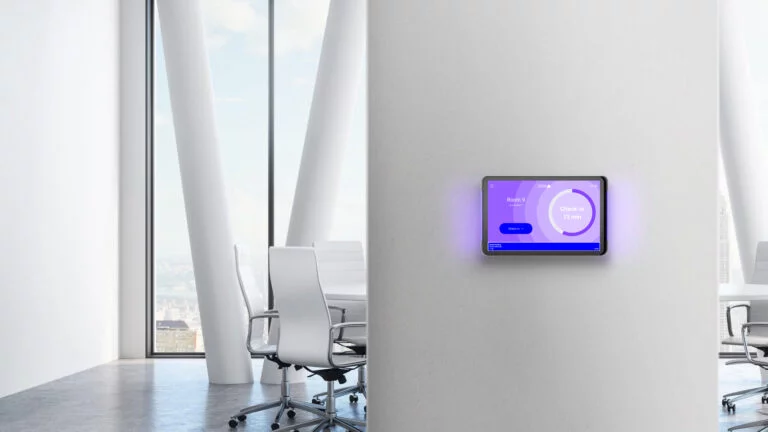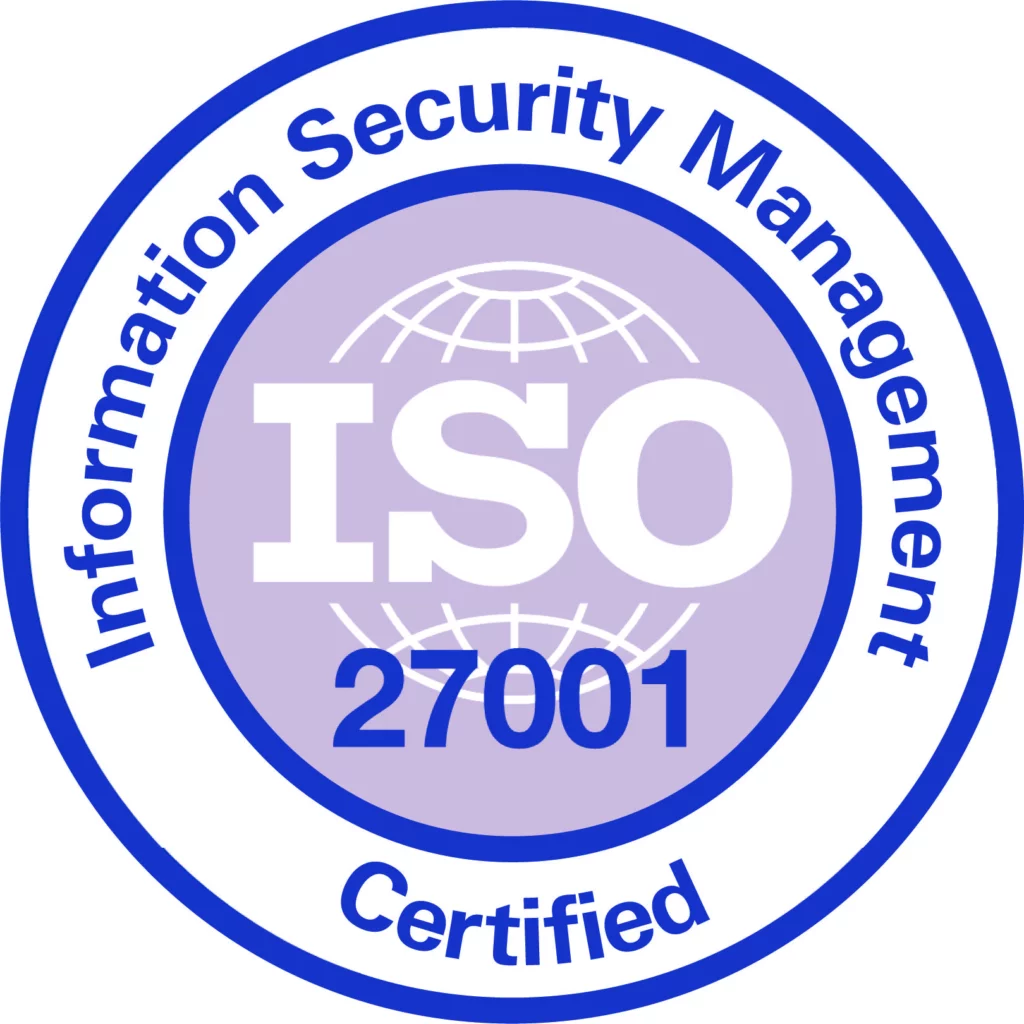
More and more companies want employees to return to the office, creating a need for collaboration spaces. These spaces enhance team spirit and face-to-face interaction. Different types of spaces play a crucial role in offices. They help make the environment comfortable not only for meetings but also for productive work, motivation, brainstorming creative ideas, and taking breaks during the workday.
The collaboration between employees, the feeling of belonging, community, and well-being are the main reasons employees return to offices. During the period of remote working, most employees stated they lacked face-to-face communication. They missed the connection that comes from sharing a physical collaboration space with their teams. Microsoft Work Trend Index research shows that 85% of employees would be motivated to go into the office to rebuild team bonds.
When deciding what collaborative workspaces are needed, the office environment must benefit employees. It should boost their productivity, sense of community, and cooperation. What kind of meeting rooms and workspaces do the employees value the most?
Let’s look through the various options for meeting rooms and other employee collaborative office space. We’ll reveal their benefits for the well-being of employees and the company’s culture. Also, we will discuss the growing demand for state-of-art meeting room booking systems. You will learn how they contribute to productivity and help to avoid pitfalls.
Office Pods and Booths
The employees lack privacy and break rooms or relaxing zones when most offices are open-spaced. Office pods or booths help a lot in such situations. The office pod is a particular soundproof flexible private room. It varies in size and is suitable for a single or several persons. Such relaxing or collaboration room are excellent for small meetings and those requiring a quiet workspace.

Although the offices are designed to enhance collaboration spirit between employees, sometimes employees prefer solitude and privacy. Also, some tasks require a quiet and separate space for managing the one-on-one meetings, and office pods or booths satisfy this need.
Office booths are also beneficial for social distancing. It’s excellent place for employees to focus and concentrate, and valuable for private calls or video conferences. They are flexible, easily installed, and cheaper than office cubicles.
Brainstorming Spaces
Brainstorming zones are perfect for sparking creative ideas Encourage teamwork with colleagues in an informal collaboration space. They offer a non-monotonous and creative work environment Here you can share brilliant ideas, and employees can relax during meetings.
Brainstorming zones strengthen the sense of community and team spirit, reduce stress, and boosts the bond between colleagues. These office areas can serve as break rooms or places for employees to focus and stay quiet.
Break Rooms
Employees value and enjoy social time with each other during work. Such collaborative workspaces as comfortable break rooms are essential. They help to prevent burnout, give a sense of freedom and flexibility. Spending time in break rooms enhances collaboration, promotes relaxation and recreation.
State-of-art break rooms are perfect places for employees to relax or gather together for a friendly chat. Here they can generate creative ideas over a cup of coffee. A quiet place in the office is vital for employees’ productivity, motivation, and well-being.
Creating a space where employees can relax, you can consider adding such amenities as an office library, comfortable seating, a coffee station, a snack bar, or a foosball table.
Informal Collaboration Spaces
It is a good idea to have informal meeting rooms. There employees can share their thoughts, discuss, and have client meetings or strategy sessions that are tech–enabled to facilitate collaboration. The difference with formal meeting rooms is that such collaboration spaces do not require a formal environment. Employees can be more relaxed and prone to creativity.
These spaces are often designed with comfortable seating, flexible furniture, and calming decor to help employees feel at ease. Adding amenities like whiteboards, screens, or digital tools can enhance collaboration. These amenities help making capturing ideas on the spot easier. This setup not only promotes a more casual atmosphere but also supports spontaneous and creative thinking. It’s essential for problem-solving and innovation.
Formal Meeting Rooms
Formal meeting rooms are traditional meeting rooms that are the heart of the company’s office. Here strategic decisions are made and clients are invited. The meeting rooms are usually spacious to ensure flexibility. They are designed for privacy and focus on professionalism and accessibility.
Having a meeting room in the office is significant. Meeting rooms create a space for interviews and meetings and provide a professional and convenient set-up. Conference or meeting rooms help to make an excellent first impression. They usually offer additional amenities such as internet connection, projectors, and other technical equipment. These amenities facilitate better collaborations between employees or customers. Some companies has huddle rooms – small meeting rooms for up to 6 people. They are ideal for quick catch-ups, brief brainstorming sessions, or video conference calls.
While meeting rooms play a crucial role in fostering collaboration and professionalism, managing these spaces effectively has become increasingly important. This is where meeting room booking systems come into play. They are easy to use and offer a seamless way to reserve rooms. At the same time, it maximises office space utilisation and optimises business expenses.
How Can a Meeting Room Booking System Help You to Manage Collaboration Space?
The meeting room booking system is an innovative solution for conference or meeting rooms management. It allows manage room or space bookings online by checking the real-time availability, securing it, or releasing it from the calendar. Using the booking system, you can find the available collaboration space on your mobile app, website dashboard, Outlook or Google account.
By attaching a meeting room display near the room or other space, you will not experience any interruptions during your gatherings. The meeting room display indicates if the area is occupied or vacant and show the information on display. Also, you could always book the needed space, change your meeting details or release the space by simply changing the information on the display.

With the help of meeting room occupancy sensors, you can use your meeting rooms fully. The sensors will auto-book the room if somebody decides to pop in for a quick ad-hoc meeting. Or will auto-release it when no one shows up for the booked meeting.
One of the main benefits of conference or meeting room booking software is the analysis of space usage. By evaluating the analytical data, you can gather information about what office space is used the most. Analyse their availability, the number of meeting attendees, and strategize the area of the office. With analytics, you can easily decide what office spaces your employees need and manage the workplace zones better.
Key Features of an Effective Meeting Room Booking Solution
What benefits and features should you look for in a meeting room booking solution when choosing one for your company? We suggest paying attention to four main elements – ease of use, integration with other software, the opportunity for data insights, and reduced office expenses.
Ease of Use
When integrating the meeting room booking system, ease of use and simplicity are vital factors which should be considered. If you choose a complicated meeting room booking solution, the employees will not quickly adopt it. Meeting room or any collaboration space booking solutions aim to simplify all employees’ processes and smart workplace experience.
Smooth Integration With Other Software
Cross-platform collaboration is a handy feature for your meeting or conference room booking system. Adopting such a system will increase productivity. Ensuring the booking system works smoothly with calendar programs, Google, Outlook, and other software is essential.
The Analysis of Collaboration Space Data
One of the most valuable features a booking system should have is the opportunity to track, gather, and analyse data. By analysing this data, you can make valuable insights and further decisions on how to use your collaboration rooms. Or you can even change the layout of the office for better usage (find information about the 7 types of office layout). Also, the meeting room booking system should automatically find free meeting rooms in real-time. It should detect the room no–shows, and mark these rooms on the database for further analysis.
Real-Time Availability and Scheduling Flexibility
In addition to real-time room availability, look for features that allow employees to book, reschedule, or cancel meetings instantly, with notifications to other participants. This flexibility ensures that rooms are always in optimal use, accommodating any last-minute changes without disrupting workflows.
Mobile Accessibility
With hybrid work increasingly common, a mobile-friendly booking solution can be invaluable. It allows employees to check availability, book, or manage reservations on the go, whether they’re working in the office or remotely.
Automated Reminders and Notifications
A useful booking solution should also include automated reminders and notifications. They help to reduce no-shows and remind participants of upcoming meetings in collaboration spaces. This feature can minimise scheduling conflicts and help employees better manage their time.
Occupancy and Environmental Monitoring
For a truly efficient collaborative working space, consider a system that monitors room occupancy and environmental factors like lighting, temperature, and air quality. This feature can optimise room comfort for attendees. It also contribute to energy savings by adjusting room conditions when spaces are not in use.
Reduction of Office Costs
Effectively using a meeting room booking system and its provided data can significantly cut office expenses and real estate costs. These booking solutions are a perfect way to optimise and innovatively organise business expenses. Just analyse bookings and collaboration space usage data and make decisions accordingly.
The Benefits of Collaboration Space
Most companies aim to build close-knit, result-driven teams where employees express their opinions, share insights, and bring creativity. The collaboration rooms such as meeting pods/booths, brainstorming areas, break rooms, and formal or informal meeting rooms are the key elements that enhance productivity, motivation, creativity, and a sense of belonging to the organisation. These aspects are crucial for employees returning to offices.
The employees value the stress-free and productive workday, and the meeting room booking solution provides an opportunity because it allows them to book their needed spaces and stay organised.
Also, collaboration rooms ensure employees’ well-being which is tremendously critical in today’s fast-paced business environment. Comfortable collaboration areas are necessary for the offices to prevent burnout. Thy help to boost productivity and motivation for everyday tasks. Not only do office areas contribute to the employee’s socialisation, but they also help the business to stay flexible and adapt to changes.
Collaboration spaces are purposely diverse – colleagues from different departments with various knowledge and job duties can collaborate and get valuable insights. This collaboration leads to personal and professional development and close-knit workplace culture.
FAQ
What is a collaboration space?
A collaboration space is a designated area in an office where employees can work together, share ideas, and communicate effectively. These spaces are designed to foster teamwork, creativity, and productivity. They can be formal meeting rooms, informal lounges, brainstorming areas, or even quiet pods for small group discussions. Collaboration spaces help employees connect, solve problems, and enhance workplace culture.
Why are collaboration spaces important in offices?
Collaboration spaces help employees work together, boost creativity, and strengthen team bonds. They also improve productivity and well-being.
What are the different types of collaboration spaces in an office?
Common collaboration spaces include meeting booths, brainstorming areas, break rooms, informal meeting spaces, and formal conference rooms.
What is the difference between formal and informal collaboration spaces?
Formal collaboration spaces are designed for structured discussions, client meetings, and presentations, while informal spaces encourage relaxed, creative collaboration.
How does environmental monitoring improve meeting spaces?
Smart sensors adjust lighting, temperature, and air quality for comfort while reducing energy costs when spaces are unused.
How do collaboration spaces support employee well-being?
They create stress-free environments, prevent burnout, and encourage teamwork, helping employees feel more engaged and motivated.



